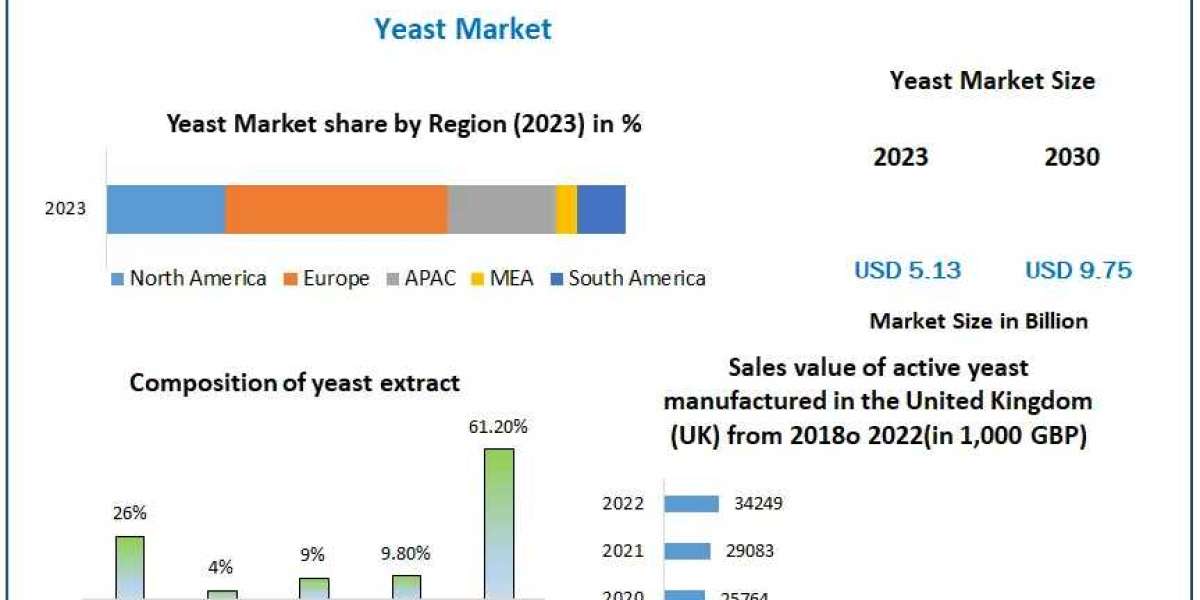Tamil music has a rich and diverse history, reflecting the cultural and artistic vibrancy of Tamil Nadu. This article explores the journey of Tamil MP3 songs, their transition from traditional roots to contemporary digital formats, and the impact of technology on their distribution and consumption. We also examine how Tamil music has evolved with changing times and its significance in the modern digital landscape.
The Origins of Tamil Music: A Historical Perspective
Tamil music, deeply rooted in the cultural traditions of Tamil Nadu, boasts a history that spans several centuries. It encompasses various genres, including classical Carnatic music, folk music, and devotional songs. Each genre has its unique characteristics and has contributed to the richness of Tamil musical heritage.
Carnatic music, with its intricate compositions and sophisticated ragas, forms the backbone of Tamil classical music. It has been preserved and propagated through generations by legendary composers like Thyagaraja, Muthuswami Dikshitar, and Syama Sastri. Folk music, on the other hand, is more earthy and rustic, reflecting the daily lives, festivals, and traditions of rural Tamil Nadu.
The Rise of Tamil Film Music: A New Era
The advent of Tamil cinema in the early 20th century brought about a significant transformation in Tamil music. Film songs, known as "Tamil film music," became immensely popular, reaching audiences far beyond the geographical boundaries of Tamil Nadu. Composers like M.S. Viswanathan, Ilaiyaraaja, and A.R. Rahman revolutionized Tamil film music with their innovative compositions and orchestration.
Ilaiyaraaja, often referred to as the "Isaignani" (The Musical Genius), introduced a blend of Western and Indian classical music, creating a new soundscape that captivated listeners. A.R. Rahman, known for his eclectic and experimental style, took Tamil music to international platforms, earning global acclaim and recognition.
The Digital Revolution: The Emergence of MP3 Technology
The late 1990s and early 2000s witnessed the advent of MP3 technology, which revolutionized the music industry worldwide. MP3 files, with their efficient compression and high sound quality, made it easier to store, share, and distribute music digitally. This technology had a profound impact on Tamil music, as it enabled fans to access their favorite songs online with ease.
The proliferation of the internet and MP3 technology led to the rise of numerous websites and platforms dedicated to Tamil music. Fans could download their favorite Tamil songs, old and new, from these sites, creating a massive digital library of Tamil music. This period also saw the emergence of peer-to-peer (P2P) networks, which facilitated the widespread sharing of MP3 files, although it also posed challenges related to copyright infringement and piracy.
Legal Streaming Services: Ensuring Fair Access and Compensation
In response to the challenges posed by digital piracy, the music industry embraced legal streaming platforms. Services like Gaana, JioSaavn, Spotify, and Apple Music have become popular among Tamil music lovers, offering vast libraries of Tamil songs for streaming and download. These platforms provide a legal and convenient alternative for music consumption, ensuring that artists and producers receive fair compensation for their work.
Streaming services have also introduced features that enhance the listening experience, such as personalized playlists, algorithm-driven recommendations, and high-quality audio streaming. These innovations have further boosted the popularity of Tamil MP3 songs, making them accessible to a global audience.
The Impact of Tamil MP3 Songs on Culture and Society
Tamil MP3 songs have had a significant impact on both regional culture and the broader Indian music landscape. Here are some key areas of influence:
Cultural Preservation: The digital availability of Tamil songs has played a crucial role in preserving and promoting Tamil culture. Songs that reflect the traditions, language, and ethos of Tamil Nadu are now accessible to Tamil-speaking communities worldwide.
Global Reach: Digital platforms have enabled Tamil music to reach a global audience. Non-resident Tamils and international music enthusiasts can now enjoy and appreciate Tamil songs, fostering a sense of cultural connection and pride.
Platform for Independent Artists: The rise of digital music has provided a platform for independent artists to showcase their talent. Many young and emerging Tamil musicians have gained recognition and success through online platforms, bypassing traditional gatekeepers in the music industry.
Innovation and Experimentation: The digital era has encouraged innovation and experimentation in Tamil music. Artists are now exploring new genres and fusion styles, blending traditional elements with contemporary sounds to create unique and appealing compositions.
The Role of Social Media and YouTube
Social media platforms like Facebook, Instagram, and TikTok, along with video-sharing sites like YouTube, have played a crucial role in the dissemination and popularity of Tamil MP3 songs. These platforms allow artists to engage directly with their fans, promote their music, and receive instant feedback.
YouTube, in particular, has been instrumental in the success of Tamil songs. Many Tamil music videos go viral, garnering millions of views and reaching audiences worldwide. The platform's algorithm helps discover and recommend Tamil songs to a broader audience, further amplifying their reach.
The Future of Tamil MP3 Songs
As technology continues to evolve, the future of Tamil MP3 songs looks promising. Artists are increasingly experimenting with new sounds, blending traditional elements with genres like hip-hop, EDM, and RB. The use of artificial intelligence (AI) and machine learning in music production and distribution is also on the rise, offering new ways to create and share music.
Virtual reality (VR) and augmented reality (AR) are set to transform live performances and music videos, providing immersive experiences for fans. Additionally, blockchain technology and NFTs (non-fungible tokens) could offer new revenue streams and ownership models for artists.
Conclusion
Tamil MP3 songs have played a pivotal role in the digital evolution of Tamil music. From their traditional roots to their modern digital presence, Tamil songs continue to thrive, adapting to technological advancements while preserving their cultural essence.
As we look to the future, Tamil music will continue to evolve, embracing new trends and technologies while staying true to its vibrant heritage. The journey of Tamil MP3 songs is a testament to the power of cultural expression and the transformative impact of digital innovation.








